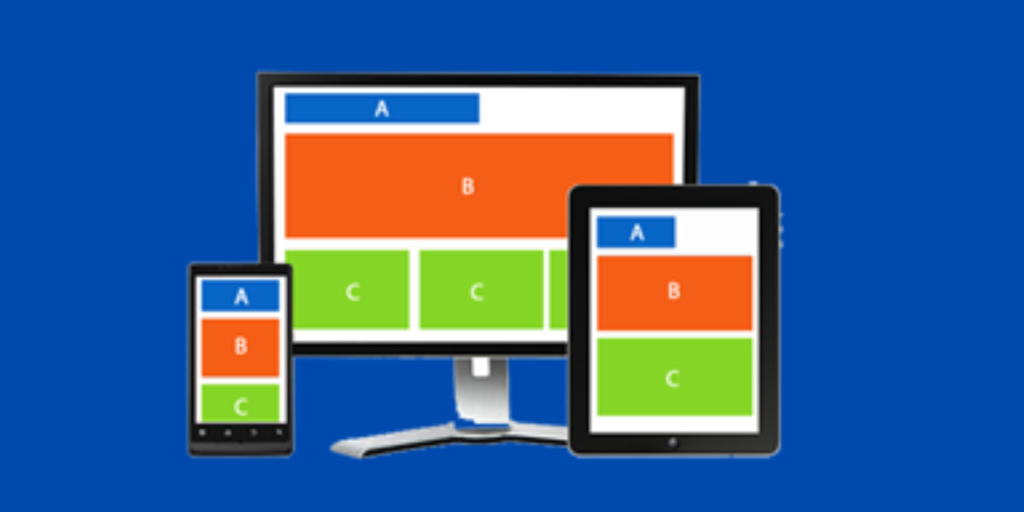Responsive web design ensures that a website looks and functions well on various devices and screen sizes. Best practices include using a fluid grid layout, which allows elements to resize proportionally; employing flexible images that scale within their containing elements; and implementing media queries to apply different styles based on device characteristics. Additionally, designing with a mobile-first approach ensures that the most critical content and features are prioritized for smaller screens, progressively enhancing the design for larger displays. Testing across multiple devices and browsers is essential to ensure consistency and usability.
Responsive web design benefits
- Improved User Experience: Users enjoy a seamless and optimized viewing experience across all devices, whether they are on a smartphone, tablet, or desktop. This adaptability ensures content is easily accessible and readable.
- Increased Engagement: By providing a consistent and user-friendly interface, visitors are more likely to stay longer on the site, explore its content, and interact with its features, leading to higher engagement rates.
- Lower Bounce Rates: A well-designed responsive site reduces the likelihood of users leaving immediately due to poor usability or display issues, thus lowering bounce rates.
- Enhanced SEO: Search engines like Google favor mobile-friendly sites, which can improve search rankings. A single responsive site consolidates SEO efforts, avoiding the dilution of traffic and ranking that can occur with separate mobile and desktop versions.
- Simplified Website Management: Managing one responsive site is more efficient than maintaining multiple versions for different devices. This simplicity reduces the workload for updates, maintenance, and troubleshooting.
- Time and Resource Savings: Developing and maintaining a single responsive site is more cost-effective than creating separate sites or applications for different devices, saving both time and resources.
- Consistent Design Across Devices: Users experience a uniform look and feel across all devices, which helps in maintaining brand consistency and recognition.
- Reinforced Brand Identity: A cohesive design that functions well on all devices strengthens brand perception and ensures that users have a reliable and professional experience.
- Increased User Trust: A responsive site that performs well on any device builds user trust and credibility, making visitors more likely to return and recommend the site to others.
- Future-proofing for New Devices and Screen Sizes: Responsive design prepares a site to handle future devices and screen sizes, ensuring long-term usability and relevance without the need for constant redesigns.
Responsive UI design

Responsive UI design focuses on creating user interfaces that adapt seamlessly to different screen sizes and devices, providing an optimal user experience regardless of how the site is accessed. Key principles include using flexible grids and layouts that resize dynamically, incorporating scalable images and media, and applying CSS media queries to adjust styles based on device characteristics. By prioritizing a mobile-first approach, designers ensure that essential content and functionality are accessible on smaller screens first, then enhanced for larger displays. This approach not only improves usability and engagement but also simplifies maintenance and future-proofs the design for new devices and screen sizes.
Screen sizes for responsive design
When designing responsive websites, it’s crucial to consider various screen sizes to ensure optimal display and functionality across all devices. This includes small screens like smartphones (320-480 pixels wide), medium screens like tablets (481-768 pixels wide), and larger screens like laptops and desktops (769 pixels and above). Utilizing fluid grids, flexible images, and CSS media queries allows the layout to adapt seamlessly to different screen widths. Prioritizing a mobile-first approach ensures the most important content and features are accessible on smaller screens, with enhancements added for larger displays. This approach guarantees a consistent and user-friendly experience, regardless of the device used.
Why to contact us?
Top responsive websites are known for their seamless adaptability across various devices, offering excellent user experiences on smartphones, tablets, and desktops. Devki Infotech have set a high standard in the industry by creating websites that prioritize fluid grids, flexible images, and media queries to ensure optimal performance and visual appeal on any screen size. These responsive websites not only enhance user engagement and satisfaction but also boost SEO rankings and streamline maintenance efforts, showcasing the critical role of responsive design in modern web development.So, contact us to get the best responsive websites for your business.



